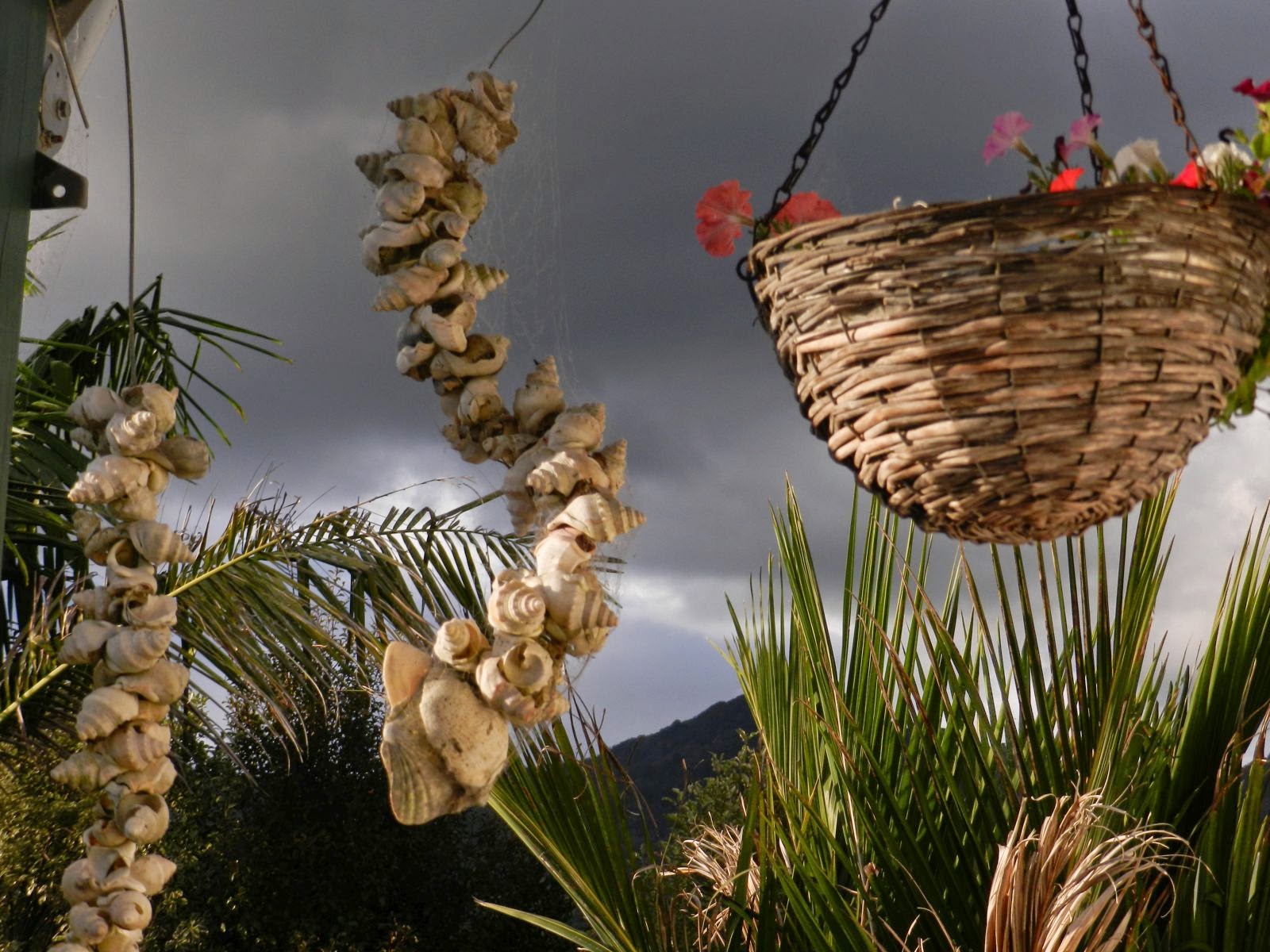I've spent the morning sorting my photos from the past month or so. There are a lot of them, I've been up north twice and down to Taranaki as well. I was distracted by the number of photos I have of boats. Not surprising, New Zealanders have the second highest rate of boat ownership in the world. When I got to my photos from Totara North, I went off on another tangent. I liked the photos I took there, so decided I would post a few.
Any time I've been to Totara North, it hasn't been planned. But it's just a few miles off SH1 and I'd promised myself some time ago I'd stop by again to get photos of what I thought was an old fish factory. It's not, it's an old timber mill. You can't miss it! Looks like someone else couldn't either.
Totara
North is a small township on the mid-upper reaches of the Whangaroa
Harbour, north of the Bay of Islands. It
is one of the earliest settlements and was originally established as a
source of timber, particularly Kauri, which was used for spars for
ships, then for building European style houses in the newly settled
land.
The steep bush-clad hills of this north side of the harbour tumble
almost all the way into the sea and offer little flat land on which a
town could grow, but Totara North's proximity to the sea, the kauri
trees and kauri gum fields, allowed it to exploit its nearby kauri
forests and to become a thriving and prosperous community.
In 1870, two enterprising young men who had just completed their apprenticeships, Thomas Lane and William Brown, built themselves a skiff in the Bay of Islands and sailed it north to Whangaroa
Harbour where they set up their own boat-building business.
Lane & Brown built ships of up to 350 tons and employed up to 100 men and by 1900 over 70 vessels were built and
launched at their yards. At that time, Totara North had over 100
children attending the school (around 40 today), three boarding houses, two stores, a
bakery, a rope works, a brickworks and a post-office with telegram
service.
With the decline of the wooden ship-building
industry at the turn of the century, the firm expanded its timber
milling business. Kauri was sent to San Francisco to be used in the
city's reconstruction after the 1906 earthquake. Who would have thought?
The old mill closed in 2004 and today belongs to Te Runanga o Whaingaroa, a local Maori administrative body. They don't appear to be using it at all. Amazing how quickly something can fall into ruin when it is neglected.
Sitting out the front, quite close to the road, was this:
A clue to the factory's current use, perhaps? I wonder if it's still there.
I'll get back to the boats tomorrow maybe.
















































